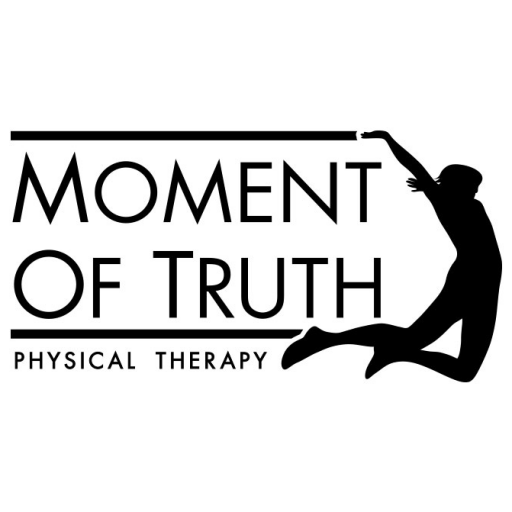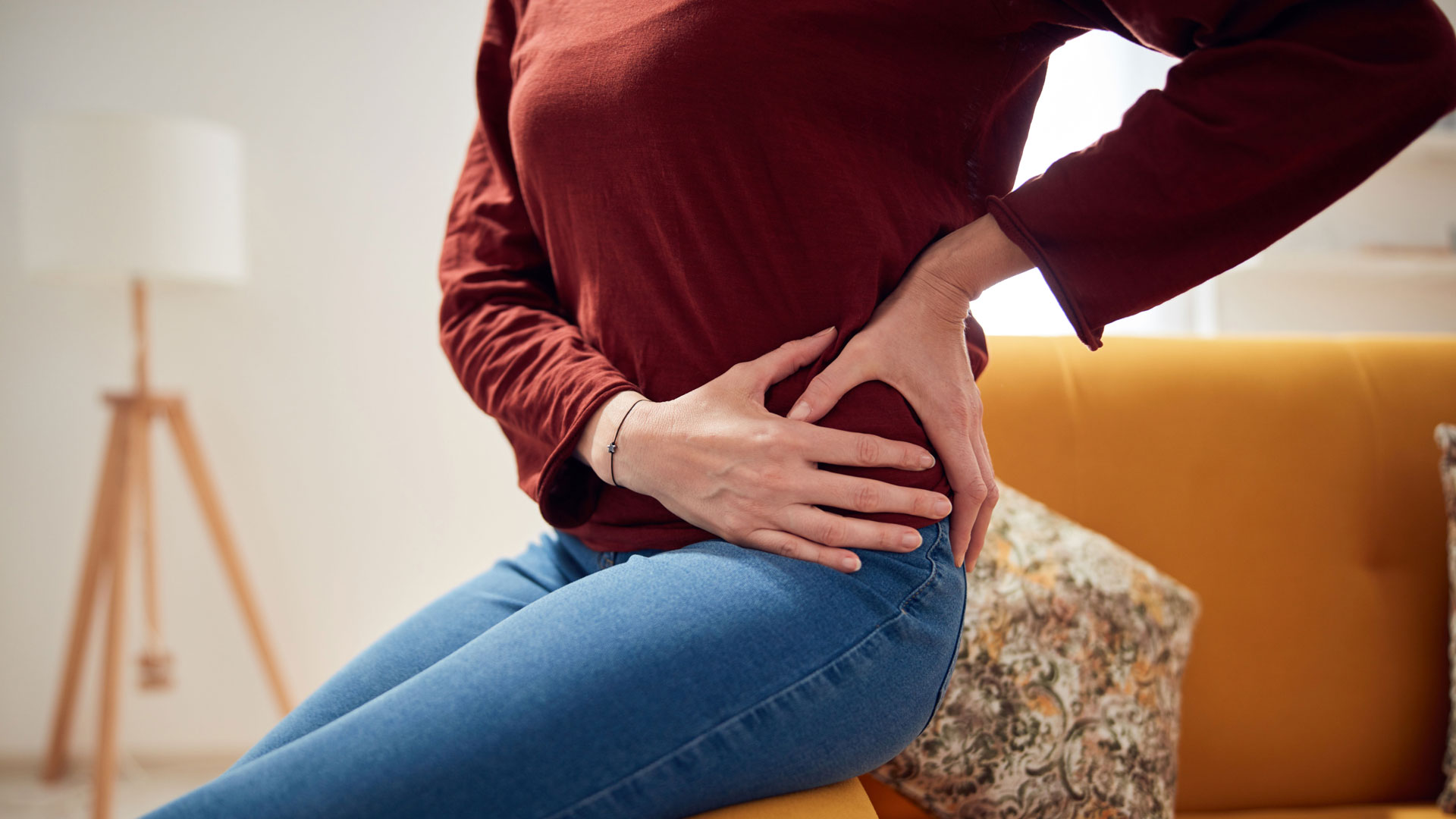Any woman who has been pregnant can attest to the fact that aches and pains during pregnancy—especially during the third trimester—are not uncommon.
However, after pregnancy, many women want to resume their “pre-pregnancy” activities, like hitting the gym, hiking, biking, running errands, or playing with their kids. Unfortunately, lingering postpartum joint pain can put a damper on these plans, especially when your hips, knees, and feet leave your bottom half in a constant state of misery.
Fortunately, postpartum hip, knee, and foot pain is common (and fixable!), but before diving into the solutions, let’s take a look at why this pain happens in the first place.
What Causes Postpartum Joint Pain?
During pregnancy, and even after pregnancy, women experience drastic hormone changes within the body. Most notably, the relaxin hormone is released during pregnancy to “relax” your tissues and ligaments to make room for the baby to grow and, eventually, this hormone allows the pelvis to expand enough for the mother to give birth to the baby.
While you may assume the release of the relaxin hormone ends after delivery—this isn’t always true. Smaller amounts of the relaxin hormone cycle through your body after giving birth, especially during the period phase of your menstrual cycle, which creates ligament laxity.
Hormones aside, after giving birth, it takes some time for your ligaments to return to their original position. During labor, the body experiences pressure, tension, expansion, and tissue trauma that can all contribute to joint pain—especially in the hips, knees, and feet.
What Are the Risk Factors for Postpartum Joint Pain (& How Can I Prevent It?)
While anyone can technically develop postpartum joint pain, women who experience persistent pain and mobility limitations during pregnancy, like health-related restrictions on injuries, are more likely to develop postpartum hip, knee, or foot pain. Women with a history of lower back pain or pelvic floor dysfunction are also more likely to develop postpartum joint pain. Other factors, like age, genetics, obesity, smoking, occupation, and diet deficiencies, can also contribute to postpartum joint pain. If you’d like to prevent postpartum hip, knee, and foot pain, it’s important to have a healthy, active pregnancy (as much as possible) filled with plenty of movement and nutritious foods, water, and rest.
What Should I Do If I Already Have Postpartum Hip, Knee & Foot Pain?
Stretching can be one of the most valuable ways to relieve postpartum hip, knee, and foot pain. But first, it’s important to understand that just because you’re experiencing joint pain doesn’t mean your joints are tight. Sometimes, joint pain can be caused by loose ligaments that are “out of place” from the relaxin hormone during pregnancy.
That said, it’s important to listen to your body and take it slowly while stretching out your painful joints. Is one hip tighter than the other? Is one foot achier and more swollen than the other? It’s common for different areas of your body to be tighter than others.
It’s helpful to do stretches that engage multiple areas of your body, so you don’t “overdo” it by targeting just one spot with dozens of stretches. If you loosen your ligaments too much, your muscles will tighten to hold them in place, causing even more pain.
Helpful Stretches to Relieve Postpartum Hip, Knee & Foot Pain
Below, we’ve listed four helpful stretches to relieve postpartum hip, knee, foot, and calf pain. Remember, move your body to see what hurts, and then focus on stretching out those areas in a way that feels good without “overdoing” the stretches or movements.
1. Seated Figure Four Stretch (Hip)
Find a chair that isn’t too “cushiony” and take a seat. Cross your foot over the opposite knee, like you would if you were tying your shoes, and sit up nice and straight. Then, slowly lean forward. You’ll feel the stretch in the lower spine, hips, glutes, and knees as you reach forward.
After slowly returning to an upright position, cross the opposite foot over the opposite knee and repeat the same movement. You can watch this video for a demonstration of this stretch.
2. Hamstring IT Band Stretch (Knee)
Usually, knee pain is a side effect of hip, ankle, knee, or foot pain, so it’s essential to address these areas when doing a knee stretch.
First, lean over a bed or a countertop that is tall enough to rest your hands and elbows comfortably. Then, shift your weight onto your left or right leg, plant it into the ground, and lift your hips up toward the ceiling (this is called “telescoping”). Then, rotate your leg and engage the hamstring, IT band, outside the calf, and the calf itself to reduce the tension in your knee.
When you’ve finished, do the same movement on the opposite leg. You can watch this video for a demonstration of this stretch.
3. Golf Ball Stretch (Foot)
Your feet take a beating during pregnancy, and sometimes, the bottom of the foot can swell and flatten due to hormonal changes, leading to joint pain.
Rolling a golf ball under the bottom of your foot (plantar fascia) can reduce inflammation. Take a seat, put a golf ball under the arch of your foot, and then sink the weight of your foot into the golf ball. Roll the ball around until you find a tender spot and hold still until the pain subsides. Repeat the same process with the other foot when you’ve finished the first.
4. Staircase Heel Stretch (Calf)
Stretching your calf is a great way to relieve knee and foot pain.
For this calf stretch, find a step, stand on it, and let one heel drop off. Check to see how the stretch feels with the knee straight and the knee bent since the placement of your knee affects different muscle groups. You can also do this same position, but instead of starting with a flat foot, begin on your tiptoes. You’ll feel even more relief as you drop your heel below the step. Once you’ve finished the first leg, move on to the second and repeat the same movement.
Relieve Postpartum Hip, Knee & Foot Pain with Moment of Truth Physical Therapy
We hope you’ll give these stretches a try, and if you’re still hurting, give us a call at Moment of Truth Physical Therapy in Peoria, Arizona! We can help guide you through these stretches (and more!) to provide you with a secure foundation to build on at home.
We also offer prenatal and postpartum yoga to help you experience relief from postpartum hip, knee, and foot pain. Schedule your discovery session today!


0 comments